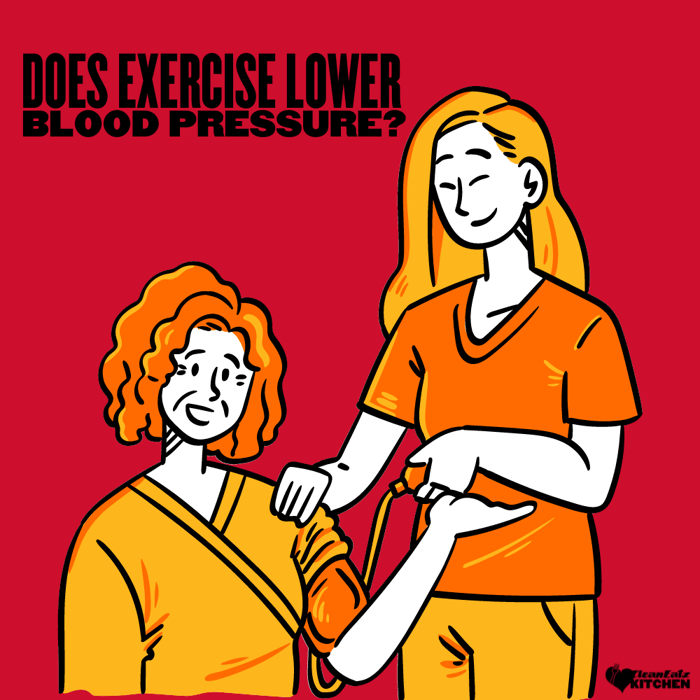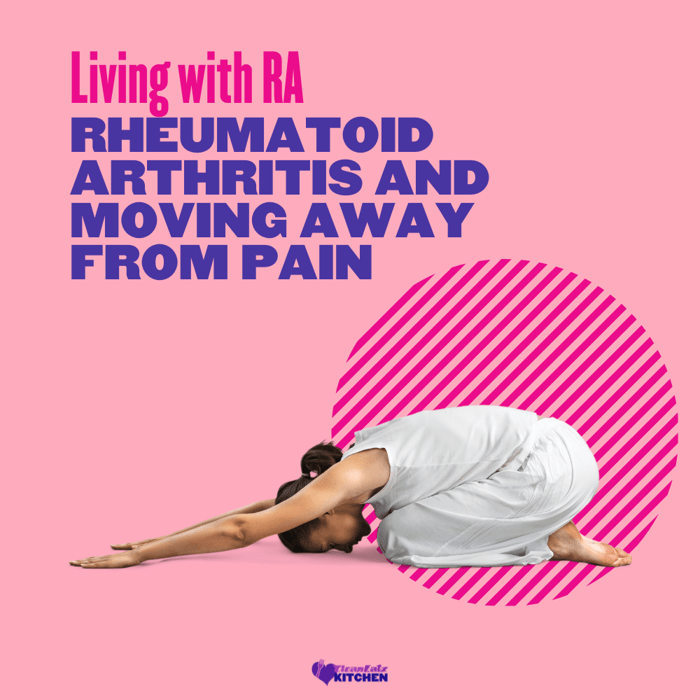Does Exercise Lower Blood Pressure? Best Workouts, How Much, and How Fast

Crystal Zabka-Belsky, MS, RDN, CSSD, LMNT, LDN
Exercises & Fitness
|
Healthy Lifestyle
10/08/2025 10:15am
4 minute read
Quick answer: Yes. Regular exercise lowers resting blood pressure and a single session can reduce it for up to a day. The biggest long-term drops tend to come from a mix of aerobic, strength, and (for many people) brief isometric holds—paired with sleep, stress control, and a smart diet.
On this page
- Why exercise lowers blood pressure
- How much exercise do you need?
- Best exercises for lowering BP
- A simple 4-week starter plan
- Pros & cons
- Safety: when to pause and call
- What to eat from Clean Eatz Kitchen
- FAQ
- References
Why exercise lowers blood pressure
- Improves blood vessel function and flexibility, reducing resistance.
- Helps with weight control, insulin sensitivity, and stress—which all affect blood pressure.
- Triggers post-exercise hypotension: an immediate, short-term drop in BP after a workout that can last up to 24 hours.
How much exercise do you need?
- Weekly target: ~150 minutes of moderate aerobic activity (e.g., brisk walking) or 75 minutes vigorous (e.g., running) plus 2 days of strength training.
- Minimum effective: Even smaller bouts add up—think 10–20 minute sessions stacked across the week.
- Bonus effect: A single workout often lowers BP later the same day (see “post-exercise hypotension” above).
Best exercises for lowering BP
All common training types help; magnitudes vary by person and starting BP. In randomized trials:
- Isometric training (e.g., wall-sits/handgrip): often the largest average reductions in resting BP.
- Combined training (aerobic + resistance): consistently strong overall effects.
- Aerobic (walking, cycling, jogging), dynamic resistance, and HIIT: meaningful improvements as well.
Example micro-protocols (always ease in):
- Wall-sit series (3x/week): 4 rounds × 2:00 holds, 2:00 rest between; knees at ~90°, back flat to the wall.
- Handgrip (3–4x/week): 4 sets per hand of 2:00 holds at ~30% of max squeeze, 2:00 rest.
- Walking/ride (5x/week): 20–30 minutes at a “brisk but talkable” pace.
- Strength (2x/week): 6–10 total sets across major movements; moderate loads, smooth breathing.
A simple 4-week starter plan
Goal: build to 150+ minutes/week, add 2 strength sessions, and include brief isometrics.
- Week 1: Walk 20 min × 5 days; 1 light full-body strength session; 2 wall-sit days (3×1:00).
- Week 2: Walk 25 min × 5; 2 full-body strength sessions; 2 wall-sit days (4×1:15).
- Week 3: Walk 30 min × 5 (or 2 brisk + 1 short jog/ride); 2 strength; 3 wall-sit days (4×1:30).
- Week 4: Mix in one interval day (e.g., 5×1:00 brisk/1:00 easy); 2 strength; 3 wall-sit days (4×2:00).
Pros & cons
| Pros | Cons |
|---|---|
| Clinically meaningful BP reductions; benefits compound with consistency. | Requires habit change and progression; over-doing intensity too fast can spike BP acutely. |
| Improves heart health, glucose control, mood, and sleep alongside BP. | Isometric holds feel intense; use short sets and controlled breathing. |
| Works with medication and lifestyle; helps some reduce dose (per clinician guidance). | Needs warm-up/cool-down; avoid breath-holding (Valsalva) on heavy lifts. |
Safety: when to pause and call
- If your home BP is ≥180/120 mmHg and you have symptoms like chest pain, shortness of breath, vision/speech changes, numbness or weakness—call 911.
- If readings are ≥180/120 mmHg without symptoms, sit quietly 1 minute and retest; if still very high, contact your clinician promptly.
- Warm up 5 minutes, cool down 5 minutes; breathe steadily during lifting; progress gradually.
- If you’re new to exercise, have heart/kidney disease, or take BP/heart medicines, get individual clearance on intensity.
What to eat from Clean Eatz Kitchen
- Build-A-Meal Plan — align portions with your weekly exercise and BP goals.
- Meal Plans — curated options for protein-forward, calorie-controlled eating.
- Cleanwich — quick, balanced protein after walks or strength sessions.
FAQ
How fast can exercise lower blood pressure?
After a single workout, BP can dip for hours (“post-exercise hypotension”). With weeks of consistent training, average resting BP falls further.
What type of exercise is “best” to lower BP?
All common types help. Evidence suggests isometric holds and combined programs often produce the largest average drops, with aerobic, resistance, and intervals also effective. Most people do best with a mix.
Will lifting weights raise my blood pressure?
During heavy efforts BP spikes briefly, but regular resistance training lowers resting BP over time. Use moderate loads, proper breathing, and avoid maximal straining if you’re new or uncontrolled.
How many minutes per week should I aim for?
About 150 minutes of moderate aerobic activity (or 75 minutes vigorous) plus 2 strength days is a solid, heart-healthy target.
References
- American Heart Association — Physical activity recommendations
- Edwards et al., 2023 — Network meta-analysis of exercise modes and resting BP
- CDC — Benefits of physical activity (BP reduction)
- Kiernan et al., 2024 — Post-exercise hypotension time-course
- AHA — Understanding BP readings; severe hypertension & hypertensive emergency
Related Articles
Can My Dog Help Me Lose Weight?
6 minute read
When is the Best Time to Workout?
5 minute read



